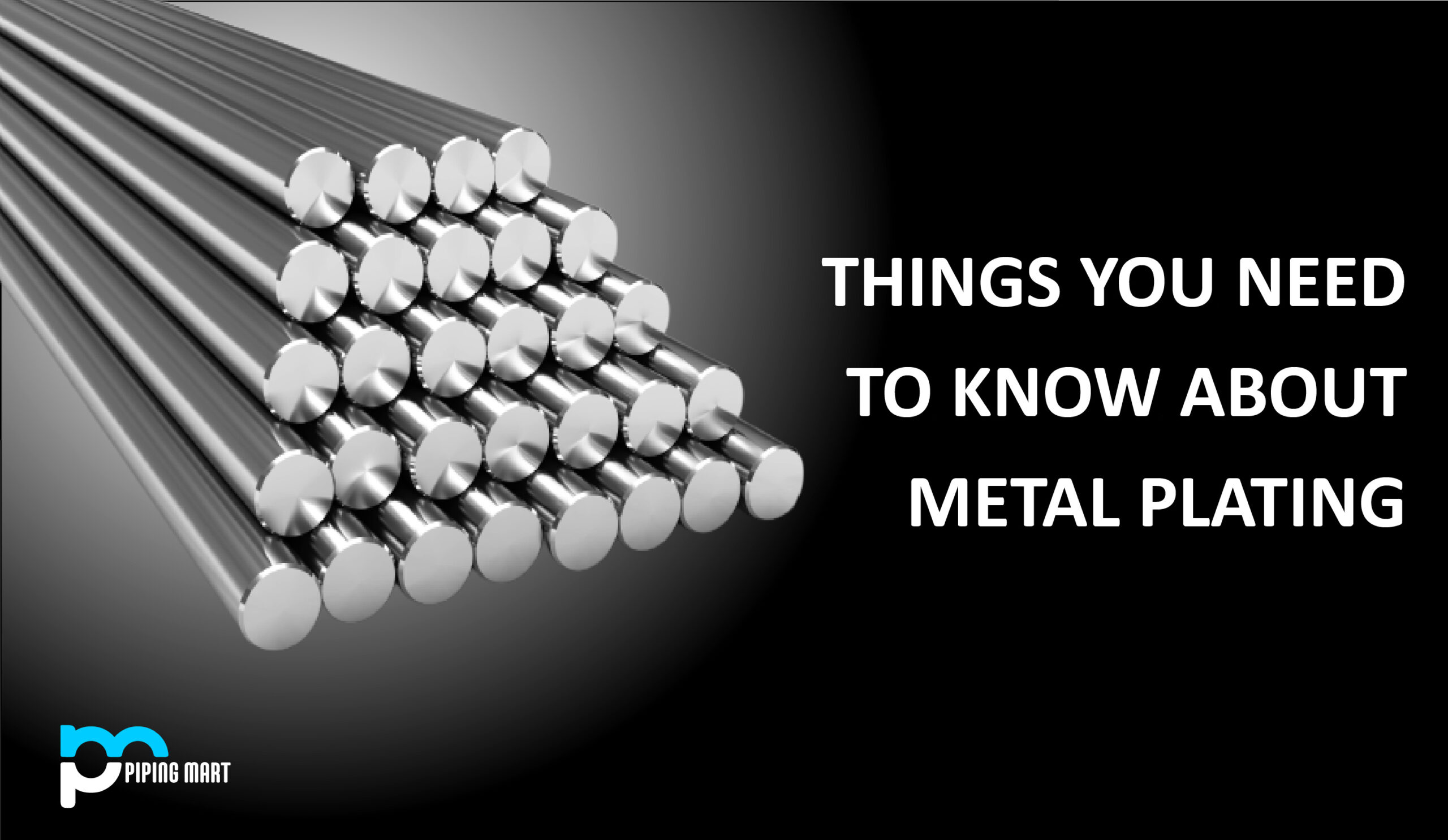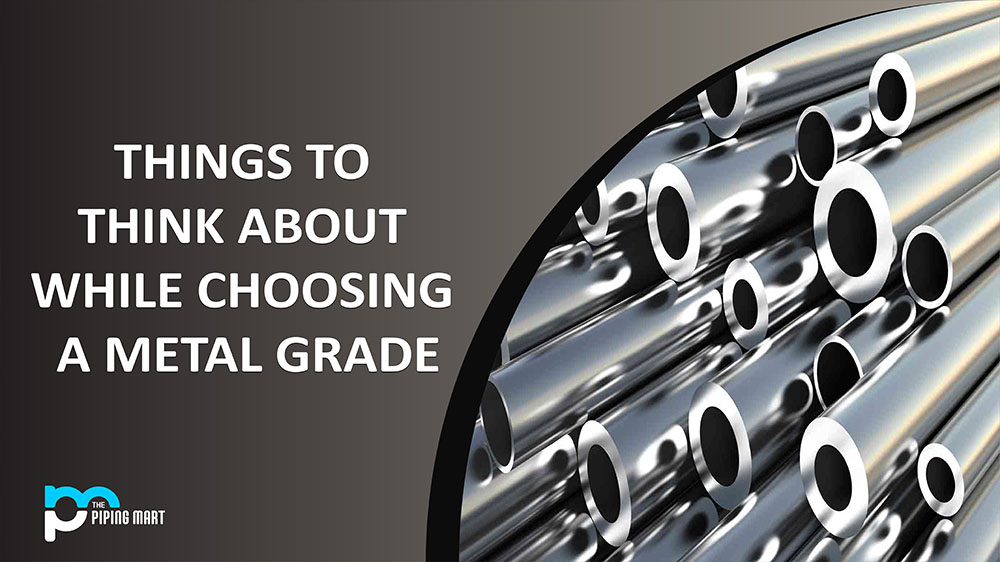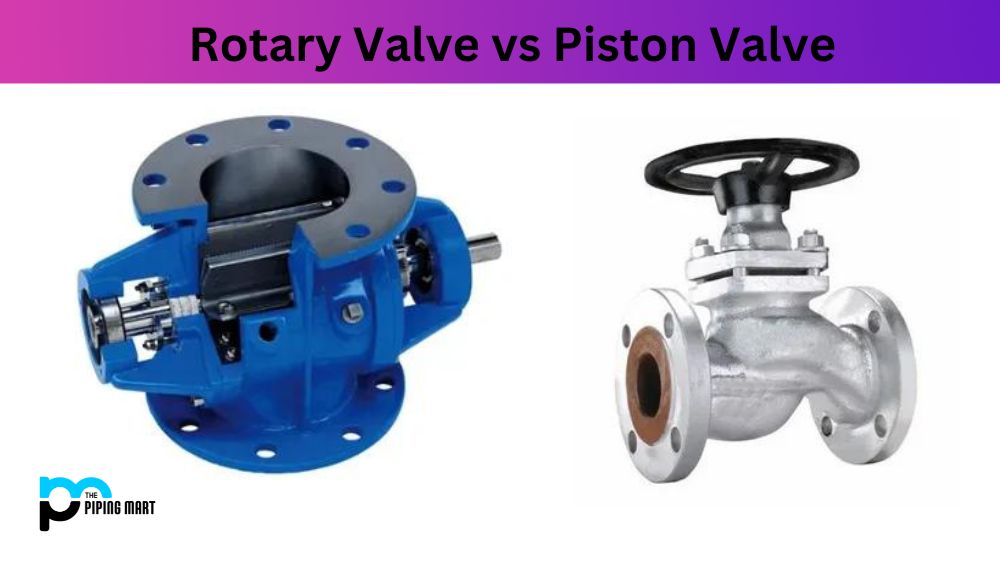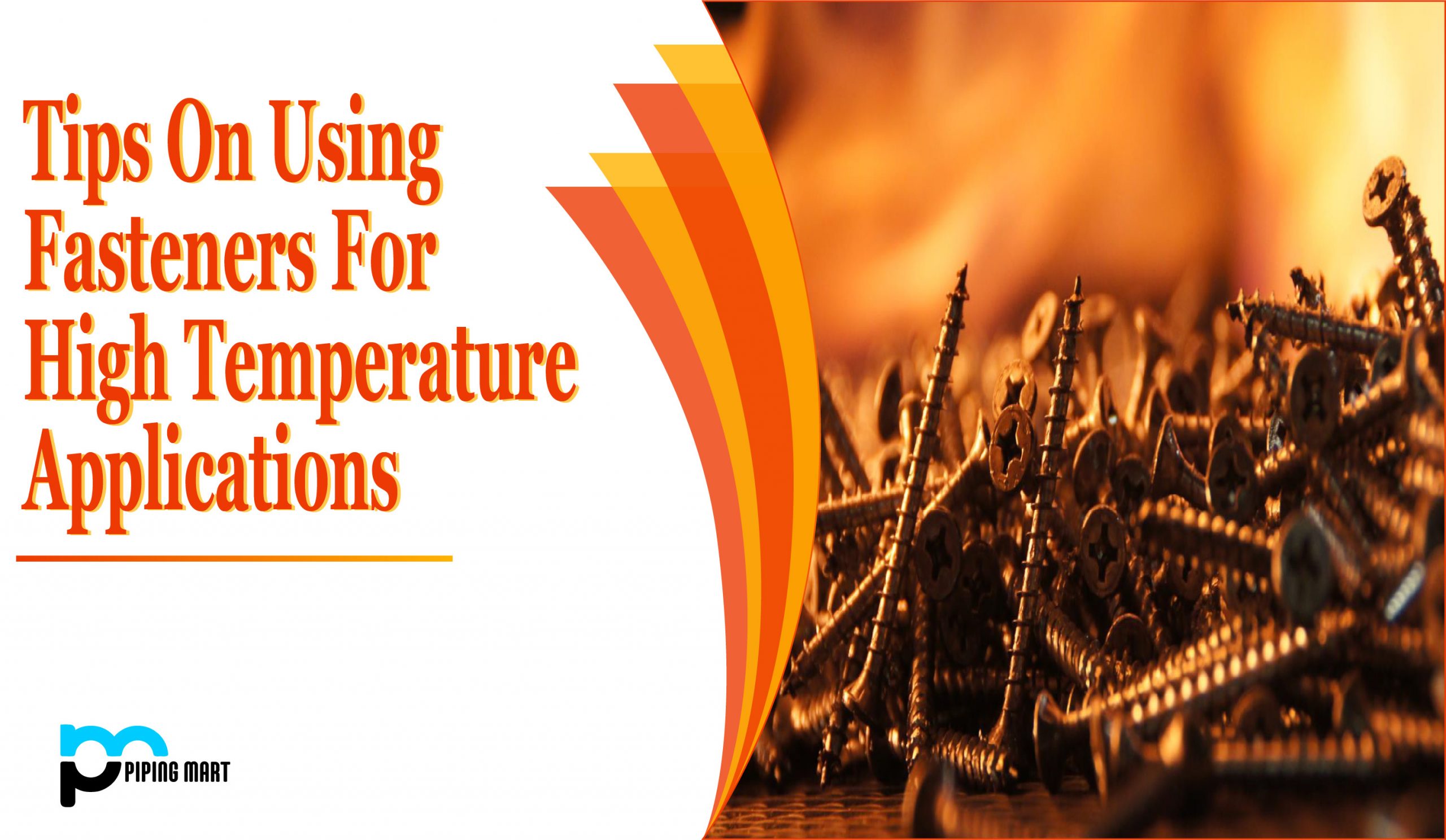What Is Metal Plating?
Metal A thin layer of metal applied to the outside of a substance is known as plating. It is a method of coating conductive surfaces with metal by depositing it there. The scale has been practised for many years and is essential to contemporary technologies.
Plating is utilized for various functions, including surface decoration, corrosion prevention, improved solderability, wearability, reduced friction, improved paint adherence, altered conductivity, improved IR reflectance, radiation shielding, and more. Plating is frequently used in jewellery to add a silver or gold appearance.
Nanotechnology uses plating because thin-film deposition may plate items as small as an atom.
Numerous plating techniques and variations exist. One technique involves covering a solid surface with a metal sheet, which is fused using pressure and heat. Electroplating, vacuum-assisted vapour deposition, and sputter deposition are additional plating methods. Nowadays, plating frequently refers to the use of liquids. Coating non-metallic materials with metal are referred to as metallicizing.
Benefits Of Metal Plating
Products made of metal and other materials gain a lot from metal plating. The two main methods for accomplishing this are electroplating, which uses an electric current, and electroless plating, which utilizes an autocatalytic chemical reaction. These methods, along with a few others, have one or more of the following advantages:
- Improved corrosion resistance
- Decorative appeal
- Increased solderability
- Enhanced hardness
- Reduced friction
- Altered conductivity
- Enhanced paint adhesion
- Material deposition
- Increased magnetism
Types Of Metal Plating
There are various types of metal plating, as follows:
- Electroplating
- Electroless Plating
- Immersion Plating
- Carburizing
- Physical Vapor Deposition
- Plasma Spray Coating
– Electroplating
The most used plating technique is electroplating. In electroplating, positively charged metal ions are dissolved in a chemical solution. The material that will be plated on the negatively charged side of the circuit is drawn to the positively charged metal ions.
The dissolved metal particles are then attracted to the component’s surface or finished good after submerging it in this solution. The electroplated substance receives a quick, even, smooth coating that effectively alters the material’s surface.
Electroplating can entail various techniques and procedures, such as cleaning, striking, electrochemical deposition, pulse electroplating, and brush electroplating.
Effects:
A protective coating, a decorative finish, or a modification in a material’s qualities can all be achieved through electroplating. The workpiece’s chemical, physical, and mechanical qualities are improved by electroplating, which impacts how well it performs during machining.
The workpiece may be plated to reduce its overall size, facilitate machining, and improve its solderability, conductivity, or reflectivity.
– Electroless Plating
Because it is a plating technique that does not rely on outside electric power, electroless plating gets its name. A chemical process called electroless plating causes metal atom reduction.
In other words, when metal ions (particles) in a reducing agent solution come into touch with the catalytic metal, they are transformed into a metal solid (which triggers the reaction). As a result, a thick layer of the plating metal is applied to the metal.
Effects
Because electroless or autocatalytic plating doesn’t need external electricity or plating baths and may be used on various sizes and shapes of materials, it is less expensive. Electroless plating is slower than electroplating, unable to produce thick plates, and more challenging to regulate.
Electroless nickel plating is the most typical autocatalytic plating technique. However, this method can also apply copper, silver, and gold plating.
Electroless plating results include the base metal being protected from corrosion, the workpiece is made larger, and the solderability, reflectivity, and conductivity being changed.
– Immersion Plating
One metal is immersed in a solution of metal ions from a more noble metal during immersion plating. A natural “pull” occurs to replace the surface metal ions from the less noble metal with a thin coating of the more noble metal ions because the ions from the nobler metal are more stable.
Immersion plating takes longer and can only be used to coat a smaller number of noble metals with more noble metals. Chemically inert metals are considered nobler metals. Silver, platinum, or gold are a few examples.
Effects
Immersion plating produces a thin layer of plating that is followed by the plating process ceasing. Additionally, immersion plating appears to have lower adhesion quality, where the plating doesn’t’ stick to the base metal as securely.
Improvements in corrosion resistance, altered electrical conductivity, changed appearance, increased hardness, torque tolerance, and altered bonding ability are all results of immersion plating on the final product.
– Carburizing
Carburizing, called case hardening, is a heat-treating procedure that creates a wear-resistant surface while preserving the core’s strength. Usually used on high- and low-carbon steel after machining, allowing gears, bearings, etc.
Carburizing is appropriate for complex shapes made of less expensive materials that can readily be machined to provide a rigid surface. The part is heated during the process in either a sealed environment furnace or a pit furnace.
The depth of carbon diffusion is then affected by heat and temperature as carburizing gases are supplied, often carbon monoxide and sodium cyanide, and barium carbonate. The component is either slowly cooled for subsequent quenching or immediately quenched in oil.
– Physical Vapor Deposition (PVD)
A group of coating procedures known as PVD deposits thin films on the substrate. Solid coating materials like titanium, chromium, or aluminium are vaporized through heat or ion bombardment during the physical vapour deposition process.
During the procedure, a reactive gas, like nitrogen, is added. This gas reacts with the metal vapour to generate a compound, which then deposits as a thin coating on the metal’s surface. As a result, the coating and the metal portion form an excellent relationship.
The rigid surface, excellent temperature resistance, and good impact strength are only a few benefits of PVD.
Suitable for a variety of applications:
- Aerospace
- Automotive
- Cutting Tools
- Medical
- Firearms
- Optics
- Thin films such as glass tint, food packaging
– Plasma Spray Coating
One of the less well-known methods of metal plating is plasma spray coating. The coating is applied to a surface using a thermal spraying technique, which uses molten or heat-softened material.
The coating material is introduced into a plasma flame with a very high temperature (up to 10,000 K in heat), rapidly heated, and then accelerated at high speed onto the surface of the part, where it rapidly cools to form a coating.
The procedure creates a coating typically applied to structural components to protect them from extremely high temperatures, like in the case of exhaust heat management. Additionally, it offers resistance to wear and corrosion. The part’s appearance and electrical characteristics can change due to the coating.
Metals Used In Plating
- Zinc Plating
Many metal substrates are coated with a galvanized finish using zinc, an affordable material. The element is applied in addition to being electroplated via the Sherardizing procedure, molten bath dipping, and spraying.
The item to be plated is set up as a cathode in an electrolytic bath of soluble zinc salts and an anode of metallic zinc in the electrolytic, or cold, process. The procedure results in a pure zinc coating that is very ductile and whose uniformity and thickness can be precisely regulated.
Small hardware pieces like screws and nails are coated using the sherardizing process. Zinc dust and items are loaded into a barrel and then heated to a temperature of about 500F. When the components are tumbled in the barrel, a coating of 90% zinc and 10% iron is produced.
Additionally, molten zinc may be applied manually to larger items or dipping. A small amount of aluminium may occasionally be added to the bath to enhance fluidity and coat unusual shapes.
The substrate can be coated uniformly and have a better finish by adding a tiny amount of tin to the bath. A zinc-iron alloy layer created by the hot-dip process and placed next to the base metal can be relatively brittle and interfere with the outer layers’ adhesion.
A mechanical bond between the coating and the base metal is created via metal spraying, also known as metalizing. It involves using a flame to melt metal particles or wire and impinge them onto a substrate surface. Although fairly thick coatings can be placed this way, the base metal’s surface must be relatively rough for mechanical bonding.
- Cadmium Plating
In the past, cadmium plating was frequently applied to many automotive parts and utilized as a zinc alternative. Its sacrificial protective qualities and natural lubricity for regularly removed and reinstalled components led aircraft makers to specify it.
It was incredibly well adapted to marine conditions since it can withstand fresh and saltwater. Although it is still accessible, its use as a plating material has decreased over time due to safety concerns. Zinc-nickel alloy plating has become popular among aircraft producers.
- Chrome Plating
However, chromium plating also promotes increased corrosion resistance and hardness, making it beneficial for industrial applications where wear is a problem. It frequently serves only cosmetic purposes. It is sometimes used to restore tolerances on worn-out parts and is referred to as hard chrome plating here.
Chromium is typically plated over nickel when making steel furniture, car trim, etc. The combination of these three elements shields the underlying metal from corrosion by restricting air and moisture; there is no anodic activity, as nickel is typically plated over copper. Therefore, the plating must be applied appropriately to ensure adequate corrosion protection.
Hexavalent chromium, a chromic acid, is most frequently used in the electroplating process known as chrome plating. Another choice for industrial uses is trivalent chromium baths, mostly made of chromium sulfate or chromium chloride.
Chromate is occasionally put on top of zinc plating to protect the zinc and, in some situations, change the colour of the metal, as in the case of green or black zinc plating.
- Nickel Plating
Because it works well in electroless plating, nickel is a common plating metal. For better ornamentation and wear resistance, household items like doorknobs, silverware, and shower fixtures are frequently nickel plated.
Nickel plating serves as the underlying plating for chromium and frequently bonds with copper, aluminium, and a wide range of other metals.
An alloy made of nickel and phosphorous is utilized in electroless plating. Phosphorus concentrations in the solution can range from 2 to 14%. Phosphorus concentrations that are higher improve hardness and corrosion resistance. Lower phosphorus concentrations provide greater solderability and magnetism.
- Copper Plating
Another common plating material for uses requiring excellent conductivity and cost-effectiveness is copper. As was mentioned before, copper plating frequently acts as a strike coating pretreatment for subsequent metal platings.
Additionally, it is a widely used plating metal for electronic parts like printed circuit boards. Copper is one of the less expensive metals to plate with because of its high plating efficiency and cheap material cost.
Plating copper has three methods: acid, moderately alkaline, and alkaline. Higher alkaline levels provide superior throwing power, but these values require lower current densities and more stringent safety measures. It is crucial to keep an eye on these levels since cyanide in alkaline copper baths has been connected by health inspectors to several health risks.
- Gold Plating
Due to its excellent oxidation resistance and electrical conductivity, gold is highly valued. One of the simplest ways to imbue these qualities on metals like copper and silver is by gold plating, which differs from gilding in that the gold is not a foil. The procedure is frequently used to decorate jewellery and to increase the conductivity of electronic components like electrical connectors.
The easiest way to avoid tarnishing when gold-plating copper is to apply a nickel strike before deposition. Remember the gold’s hardness and purity when choosing the best bath mixture and immersion time.
- Silver Plating
Similar to gold, silver is employed in plating processes where enhanced electrical conductivity and aesthetic appeal are required. Since silver is less expensive than gold and does a better job of plating copper, it generally functions as a more cost-effective plating solution.
Humidity and galvanic corrosion are two problems that could make silver plating less practical as a plating method. Because silver is prone to flaking and cracking, which could eventually reveal the base substrate, silver plating does not perform well for applications exposed to high humidity.
- Tin Plating
Food and beverage packaging has long been made of steel that has been tin-plated. Tin is toxic-free, offers a coating that makes steel form quickly (due to its lubricity), welds and solders quickly, and offers corrosion resistance.
The tin plate is covered in food-grade oil during the passivation process, enhancing lacquer adhesion. To better meet the needs of the interior and exterior container surfaces to their environments, tin plate sheets can be ordered with various tin thicknesses on each face.
Other packaging materials, such as paint cans and grease tins, also use the tin plate. The hot-dip method is nearly always used to create a tin plate. Electronic parts are also made with the use of tin plating.
As a corrosion inhibitor, a tin-lead alloy was typically applied over steel in terneplate, another tin-based plating. The metal is perfect for tin roofs since it can be painted and, with routine maintenance, last 90 years.
Tin is now used over stainless steel instead of lead to create corrosion-resistant roofing that takes on a softer patina. The material has a two-times longer lifespan than copper roofing.
- Rhodium Plating
A kind of platinum known as rhodium offers scratch and tarnish resistance and a glossy, white dazzling lustre. Rhodium plating is frequently used in the manufacture of jewellery, particularly when white gold needs to be plated. Rhodium plating is standard on base metals, including copper, platinum, and silver.
One drawback of rhodium plating is that in applications that experience a lot of wear, the protective layer of rhodium will eventually disappear. After a few years, this can result in discoloration and call for another round of plating.
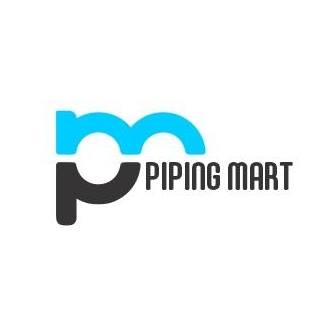
Pipingmart is B2B portal specializes in industrial, metal and piping products. Also, share latest information and news related to products, materials and different types grades to help business dealing in this industry.

